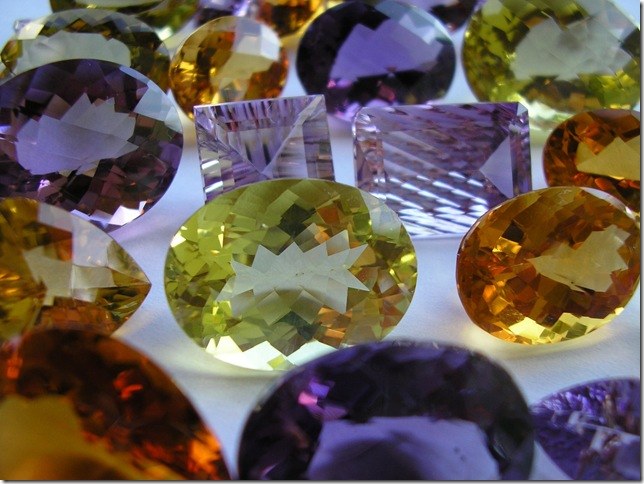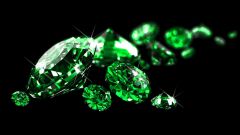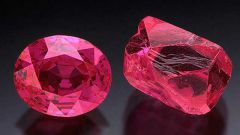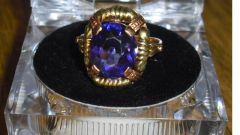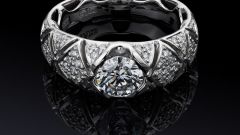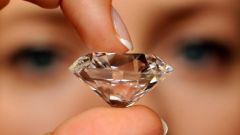Instruction
1
Aquamarine, its color is similar to Topaz. But Topaz is no characteristic inclusions that resemble white chrysanthemum. Aquamarine often mimic conventional glass or least precious stones: artificial quartz or synthetic spinel. Aquamarine can be distinguished from counterfeits in a simple way, if it rotated at different angles, it will change their colors, what can be said about imitation. All fake to the touch seem warmer than real stone. Take tweezers aquamarine and touch it with the tip of your tongue – it should be cold.
2
Emeralds are increasingly subject to refinement as the price of the stone depends on the hue and color saturation. Artificial elevation significantly reduces the value of the stone. Emeralds are produced by a number of firms, methods of production of emeralds, more usovershenstvuetsya, and to distinguish a synthetic stone from a natural one, is almost impossible. But there is one characteristic that helps to see a sign of a synthetic stone – twist Voile.
3
Natural quality ruby at its cost may be equivalent to the price of a diamond. Real stone is not devoid of microscopic inclusions and defects. Rubin is able to scratch another mineral that even exceeds it in hardness. Small stones, instructed in the silver and gold jewelry, most likely real. Since the small rocks have a very low price, so no point to fake. But there are a few of the popular ways through which you define natural ruby: if you place the mineral in a glass container – it will come a red color; if you put a mineral in a glass of milk – it will be slightly pink; if you look at the mineral one angle – he's pale, from a different angle – dark red.
4
Touching natural Topaz, you will feel it smooth and cool surface. If you RUB the stone wool material – it will attract small pieces of paper. If to lower him to the bottom of the tank with methylene iodide – it will sink to the bottom, the forgery will be left to float on the surface.
5
Amber is often used in jewelry. Fake it plastic and less quality minerals. If you hold a match to the amber – it's the characteristic smell of resin, plastic and fake a whiff of plastic. Natural stone will get electrified. exactly from friction with woollen cloth, if the electrification is not – before you fake. Put 10 teaspoons of salt in a glass of water and mix thoroughly, natural amber will remain floating on the surface, but imitation will sink to the bottom. Don't forget after this test, carefully rinse the stone with water, or may form a salt crust.
